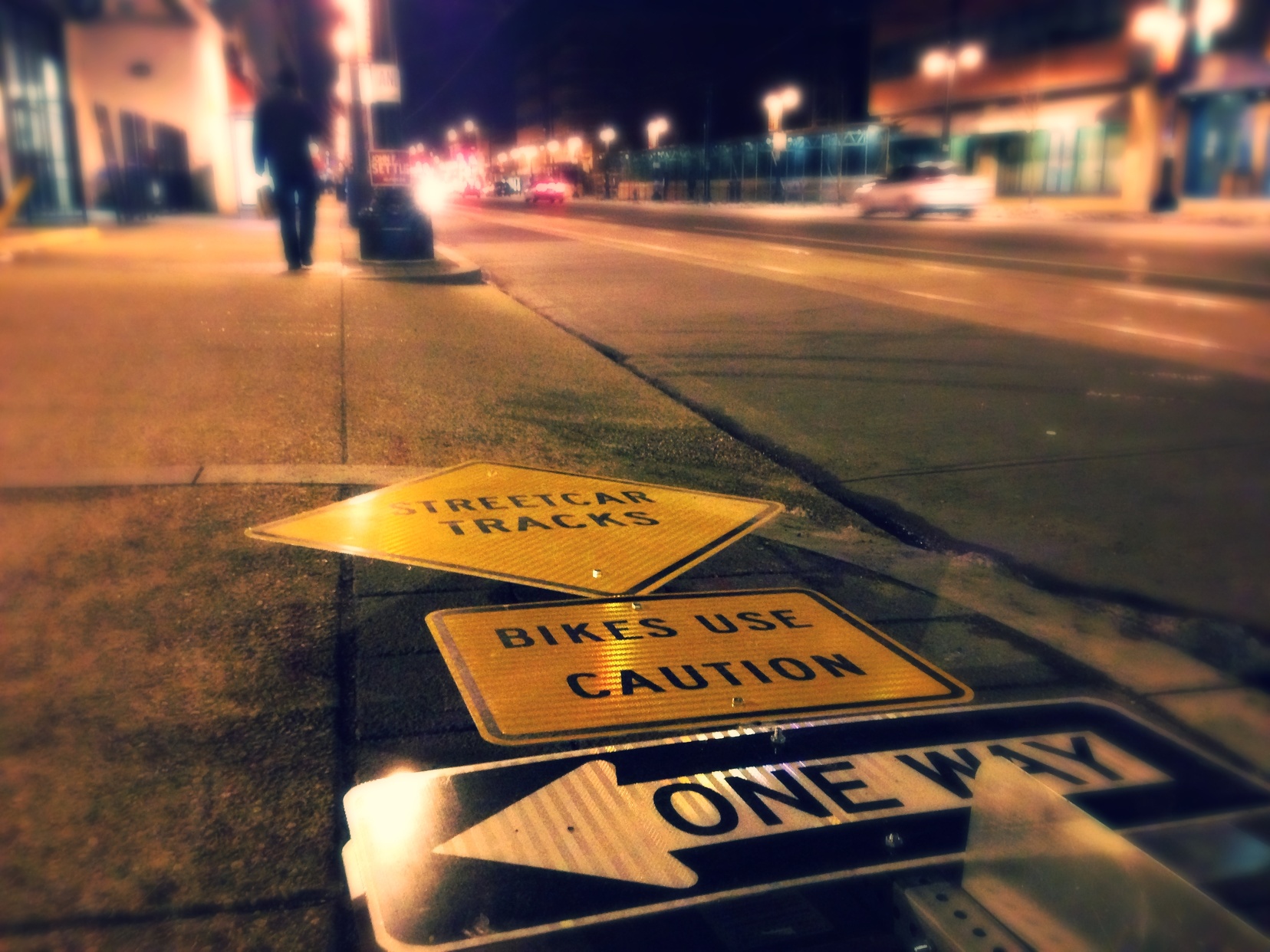
The Morning Commute is an occasional look at meetings or other #BikeSpecific discussions and stories happening in the District. It also looks at interesting bike, scooter, or urban related ideas or concepts from other places across the globe that could possibly work here. Again, this isn’t journalism, just fun.
Today’s commute includes:
- WABA to hold community listening tour
- A study on how to increase bikeshare use
- Oslo actually sees Vision Zero
Community Listening Session Tour The Washington Area Bicyclist Association will hold a community listening session February 4th, 2020 at 7:00p at the Anacostia Playhouse, 2020 Shannon Place SE.
The purpose of this first in a series of discussions is to discuss not only issues of bike infrastructure, but transportation issues across this community. This event is primarily focused on DC residents of Wards 7 and 8 and gives them a opportunity to frankly express how the legacy of transportation decisions of the past have a significant effect on the community today.
According to the WABA Blog, representatives from the District Department of Transportation, DC Council staff, and a variety of community organizations on hand to listen, answer questions, and engage with your thoughts on how to make streets safer for everyone from toddlers to grandparents. Registration is encouraged and refreshments will b e available. WABA
WABA is hiring a 20×20 campaign organizer If you want to contribute to building safer streets and know how to organize, WABA is also looking for a campaign organizer to help the region reach the goal of creating 20 miles of bike lanes this year. WABA
Maximizing bike-share ridership produces more use in a study conducted by the Institute for Operations Research and the Management Sciences, to maximize the full benefits of bike sharing, stations should be within walking distance, roughly within a four-block radius.
According to the synopsis of the study, the “Bike-Share Systems: Accessibility and Availability” conducted by Ashish Kabra of the University of Maryland and Elena Belavina and Karan Girotra of Cornell state that about 80 percent of bike-share usage comes from areas within 1,000 feet of the stations, or roughly four city blocks. At greater distances, potential users are almost 60 percent less likely to use that station.
Additionally, the analyzes the relationship between ridership and operational performance in bike-share design systems to achieve higher ridership. Science Daily
In Oslo, Norway, Vision Zero is a real thing and not just a slogan While the DC region has piecemeal approaches leading to unsatisfactory results regarding the elimination of bicycle, pedestrian, and vehicular fatalities, Oslo has virtually eliminated these deaths.
The foundational idea that sets Vision Zero in Oslo from efforts in other major cities around world is how it views traffic deaths as noted in its Vision Zero Mission Statement: “life and health can never be exchanged for other benefits within the society”—not for the convenience of private vehicles, and certainly not for faster commutes.”
The city made the elimination of transportation deaths a moral obligation in 1975 when there were 41 transportation-related fatalities. According to an article in the Norwegian paper Aftenposten, the the city used basic techniques to eliminate fatalities. These include more bike infrastructure, lower speed limits, fewer vehicles on the road overall, less traffic in residential areas, speed bumps, vehicles equipped with better technology, and better roads in general. Bicycling

Uber calls on Congress to boost cyclist, pedestrian safety. Out of the playbook of former Uber / Jump dynamo Nellie Pierson, this week Uber introduced a comprehensive policy that aims to encourage the federal government and localities to improve infrastructure used by typically vulnerable road users.
Called the City Mobility Campaign, Uber partnered with PeopleForBikes, the North American Bikeshare Association and the League of American Bicyclists to transmit a shared vision that asks the U.S. House of Representatives to make the safety of bicyclists, scooter users, and pedestrians a priority.
Specifically, Uber is requesting that the House introduce legislation that would require new mobility lanes be added to every street once it is re-paved, using a formula developed by the National Association of City Transportation Officials (NACTO; and produce Congestion Pricing Legislation, which would potentially reduce the driving in urban areas by instituting a fee and using the money generated to build and maintain bike an pedestrian infrastructure. Uber Smartcities Dive

In news from “but why”, a Gold-Plated Titanium Bike to be auctioned In Dubai For Australians Brushfire Victims. With a reserve price of $25,000, it could break the top ten most expensive bikes in history. Bicycling Australia
Tweet of Zen:
It’s not ok for a bicyclist to be struck by a driver in front of the ghost bike for a bicyclist who was murdered by a driver. Paint and flexiposts aren’t protection. What happened to the flange filler for the streetcar tracks @DDOTDCDirector? #bikedc #zerovisiondc @charlesallen https://t.co/gT3n2ip3i5
— HandlebarsDC 🚴 (@HandlebarsDC) January 15, 2020
